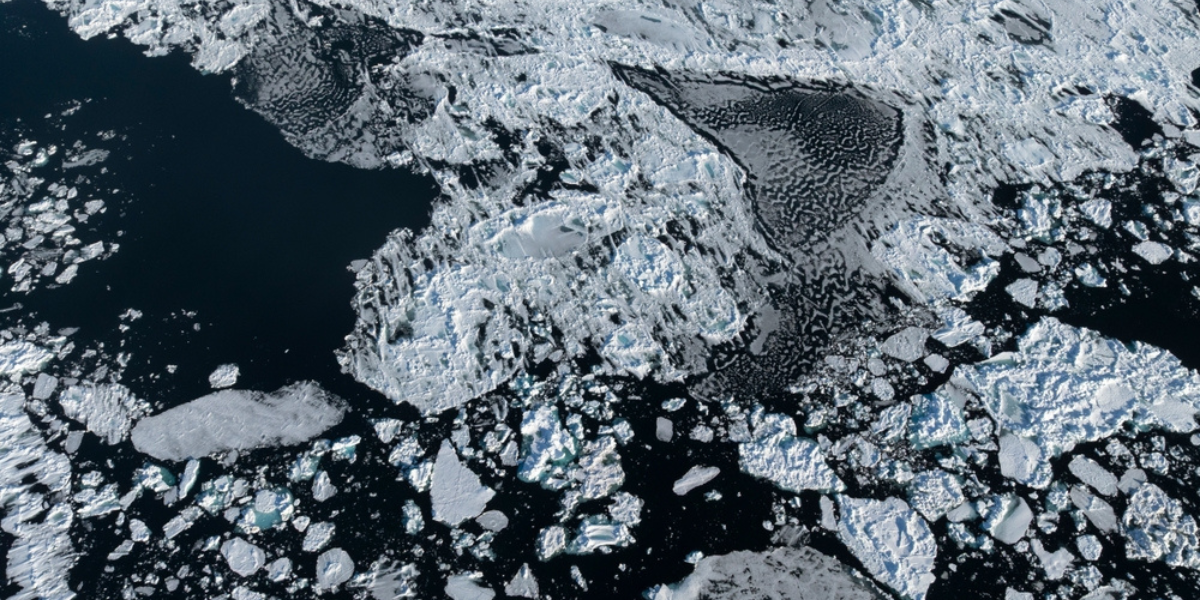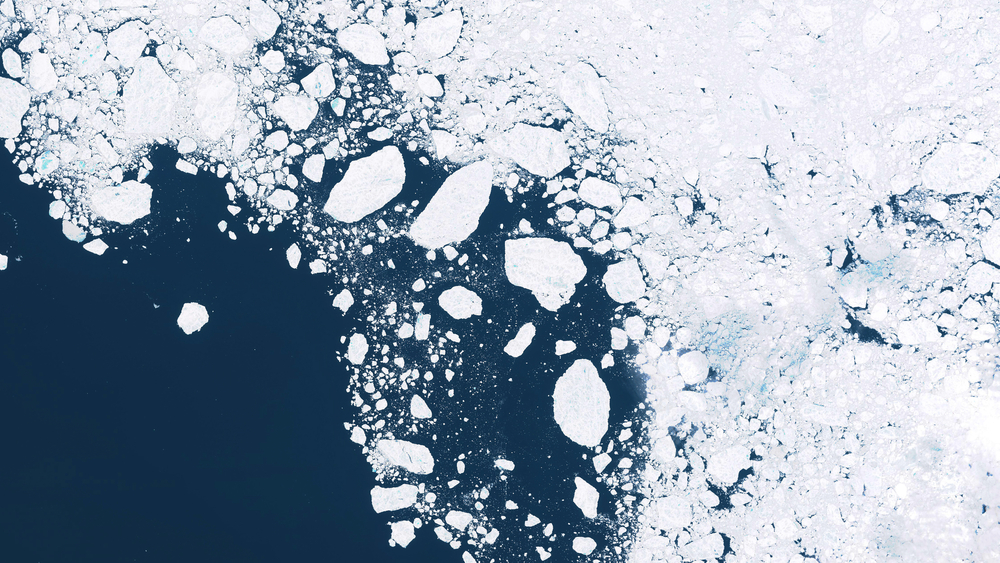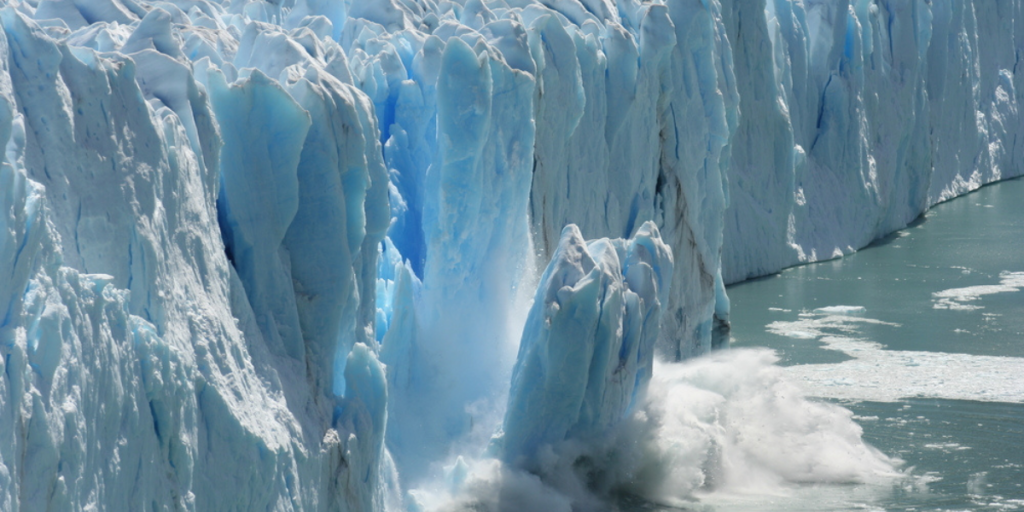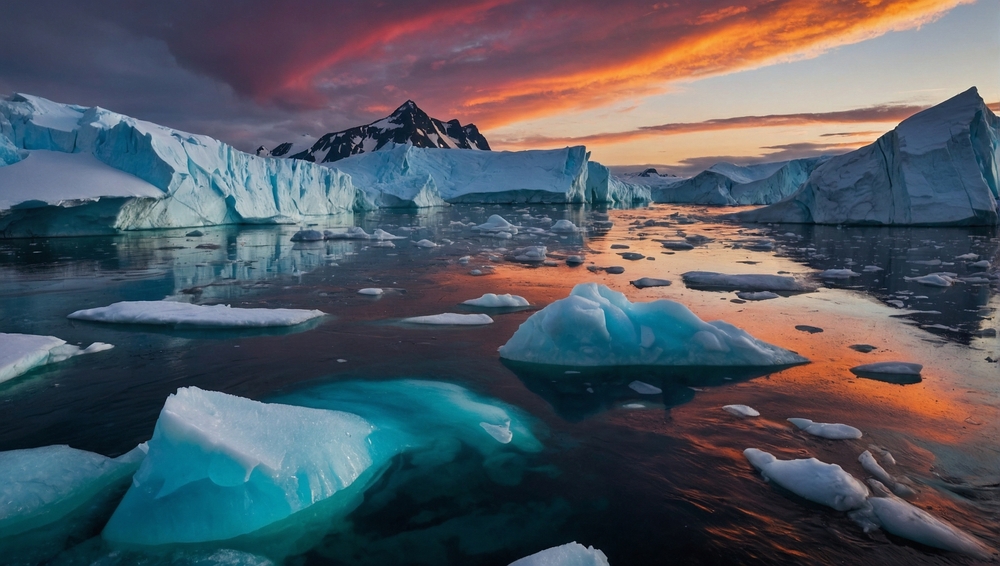The Cosmic Clock of the Arctic
Others are reading now
The Cosmic Clock of the Arctic
Stardust and a Melting Arctic

High above Earth, dust from dying stars drifts endlessly through space. Tiny particles of that cosmic material fall into our atmosphere every day — but in the Arctic, those specks are doing more than decorating the snow.
Scientists have discovered that this space dust, preserved on the seafloor for millennia, holds clues to one of humanity’s most urgent questions: how fast is the Arctic disappearing?
A Celestial Record Beneath the Ice

According to Space.com, researchers led by Frankie Pavia of the University of Washington have used helium-3–rich interplanetary dust buried in Arctic sediments to reconstruct the history of sea-ice coverage.
During warmer eras, more of it reached the bottom. By analyzing the changing ratios of helium-3 (from cosmic dust) and thorium-230 (from terrestrial decay), Pavia’s team pieced together a timeline of glacial advance and retreat stretching back 20,000 years.
What the Space Dust Reveals

Also read
The findings, as Space.com reports, show that the Arctic’s sea-ice levels are governed less by ocean temperature than by atmospheric warming. This discovery means the region may lose ice far faster than climate models predicted, since the air responds to greenhouse gases much quicker than the sea.
Sediment cores also revealed ancient microbial shells that tell a parallel story: when ice retreated, nutrient consumption by plankton increased, reshaping the base of the marine food web.
Lessons for Earth’s Future

In Space.com’s coverage, Pavia emphasizes that projecting when and where Arctic ice will vanish is essential for understanding global consequences — from shifting fisheries to geopolitical tensions over new trade routes.
The study, published in Science, not only reconstructs the Arctic’s frozen past but also warns that the future thaw could come sooner than expected. If atmospheric heat continues to rise unchecked, summer sea-ice may vanish within decades, triggering ecosystem collapse and changing patterns of ocean productivity across the planet.
What We’ve Learned

Space dust has become an unexpected historian. By tracing the faint trail of helium-3 from beyond our world, scientists can now map how the Arctic has changed over thousands of years — and how it might change again.
Also read
The research reveals that our planet’s frozen crown is far more sensitive to warming air than to the deep sea below, offering both insight and warning for the decades ahead.
From the Stars to the Sea

The Arctic, once seen as timeless and eternal, now mirrors the fragility of the entire planet. Cosmic dust — born from ancient stars — is telling us that Earth’s most remote frontier is melting faster than we thought.
The story of the Arctic’s ice is written not only in water and wind, but in the stardust that settles upon it, reminding us that every action on Earth echoes through the cosmos.
This article is made and published by August M, who may have used AI in the preparation


